GSM Module.
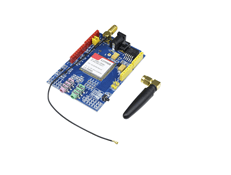
Order Code: 25268469.4
Category: General Lab Equipment V
Key Features: Quad-Band Operation: The SIM900D operates in four frequency bands: 850 MHz 900 MHz 1800 MHz 1900 MHz This allows the module to work with GSM networks across a wide range of glob...
SPECIFICATION
Key Features:
-
Quad-Band Operation:
The SIM900D operates in four frequency bands:-
850 MHz
-
900 MHz
-
1800 MHz
-
1900 MHz
This allows the module to work with GSM networks across a wide range of global carriers.
-
-
GPRS Multi-Slot Class 10/8:
The module supports General Packet Radio Services (GPRS) with multi-slot class 10 or 8, enabling fast and reliable data transfer over the GSM network. -
GPRS Class B Mobile Station:
Supports GPRS Class B, allowing for both data transmission and voice services to be used simultaneously. -
Power Output:
-
Class 4 (2 W) at 850/900 MHz
-
Class 1 (1 W) at 1800/1900 MHz
This refers to the transmission power for maintaining a strong and stable connection on different network frequencies.
-
-
GSM Phase 2/2+ and PCS Compatibility:
Fully compatible with GSM Phase 2/2+ and PCS (Personal Communication Services) networks, ensuring wide network compatibility. -
Control via AT Commands:
-
Standard Commands: Compatible with GSM 07.07 and 07.05 standards for communication control.
-
Enhanced Commands: Uses SIMCOM AT commands, which offer advanced features and better control.
-
-
Short Message Service (SMS):
Supports SMS functionality, allowing for the sending of small amounts of data over the GSM network, including the ability to send messages in raw hexadecimal format. -
Integrated TCP/UDP Stack:
-
The module includes built-in TCP/UDP stack, allowing you to send data over the internet, for example, uploading to a web server.
-
-
PSTN Compatibility:
It is also compatible with Public Switched Telephone Networks (PSTN), enabling voice communication. -
Selectable Serial Port:
You can choose which serial port to use for communication with the module, offering flexibility in your design. -
Audio Support:
-
Speaker and Headphone Connectors:
The module provides connectors for audio output, allowing it to be used in voice applications like making calls or voice data transfer.
-
-
Low Power Consumption:
-
The SIM900D operates in sleep mode consuming as little as 1.5mA, which is beneficial for battery-powered and low-power applications.
-
Technical Specifications:
-
Operating Voltage:
-
Typically, 3.4V to 4.4V, commonly supplied with a 5V regulator for stable operation.
-
-
Data Transmission Rate:
-
Supports GPRS multi-slot class 10 for fast data transmission speeds. This is sufficient for most IoT applications like sending sensor data to a server.
-
-
SMS Format:
-
The module supports SMS in text mode or PDU (Protocol Data Unit) mode, which allows for raw hexadecimal data transfer.
-
-
Supported Protocols:
-
GPRS: For packet-switched data transmission.
-
TCP/UDP: Allows internet connectivity for web communication.
-
SMS: Allows sending and receiving short messages.
-
-
Audio Features:
-
Speaker/Headphone Output: Can be used for making voice calls or audio communication.
-
Microphone Input: Supports voice data input for communication.
-
Applications:
The SIM900D GSM/GPRS module is commonly used in various applications, including:
-
IoT Projects: For remote communication and data transfer, such as transmitting sensor data to a server.
-
Remote Control Systems: Can be used for controlling devices remotely via SMS commands.
-
Tracking Systems: Used in GPS and tracking applications for real-time location updates over GSM networks.
-
Embedded Voice Applications: Can be used in devices that require voice communication or audio output.
Summary:
The SIM900D GSM/GPRS module is a robust solution for adding GSM connectivity to your embedded projects. With support for quad-band operation, GPRS data transfer, SMS functionality, and built-in internet protocols like TCP/UDP, it is suitable for a wide range of IoT, remote control, and communication applications. Its low power consumption, compatibility with PSTN, and advanced control via AT commands make it a versatile and reliable choice for both beginners and experienced developers.

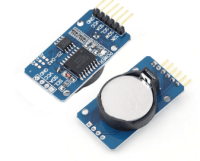
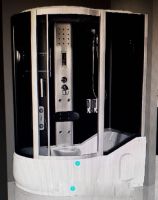
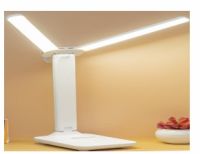

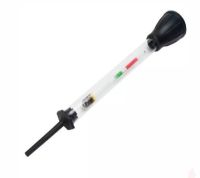
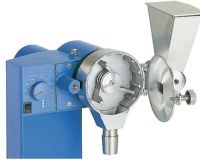




 91-9829132777
91-9829132777